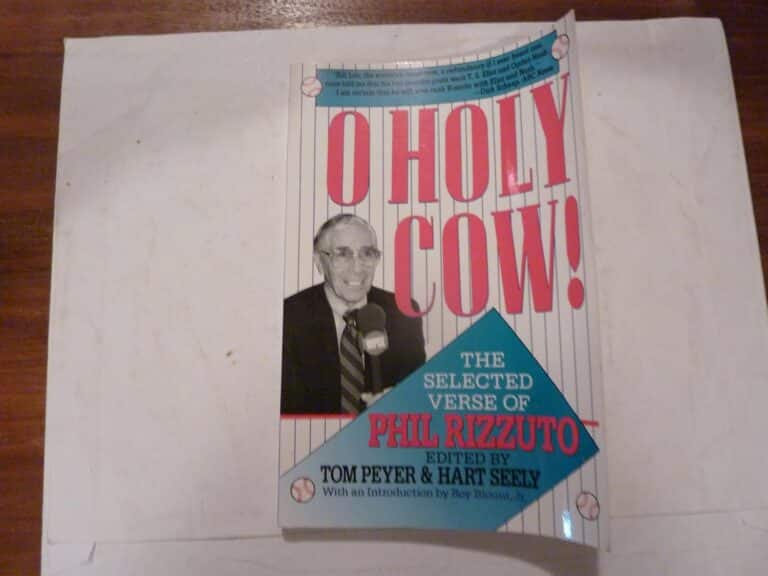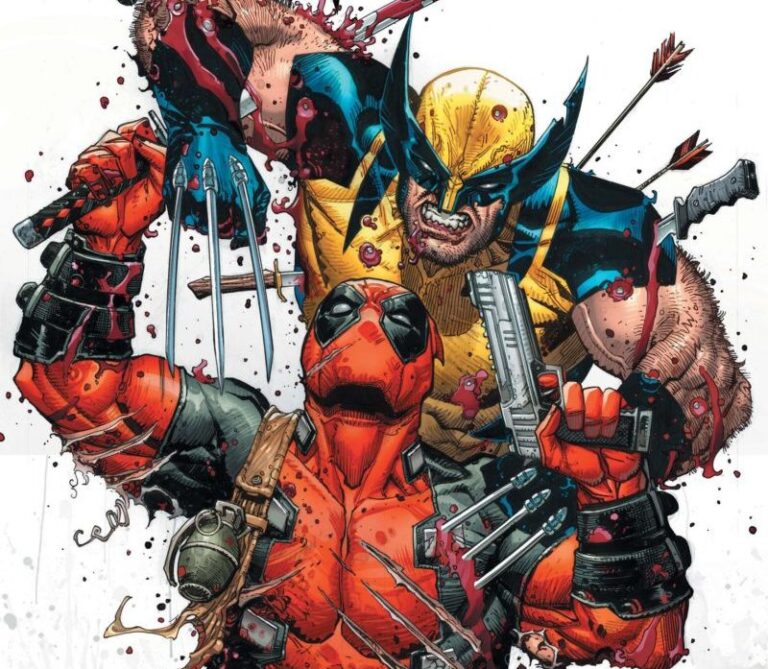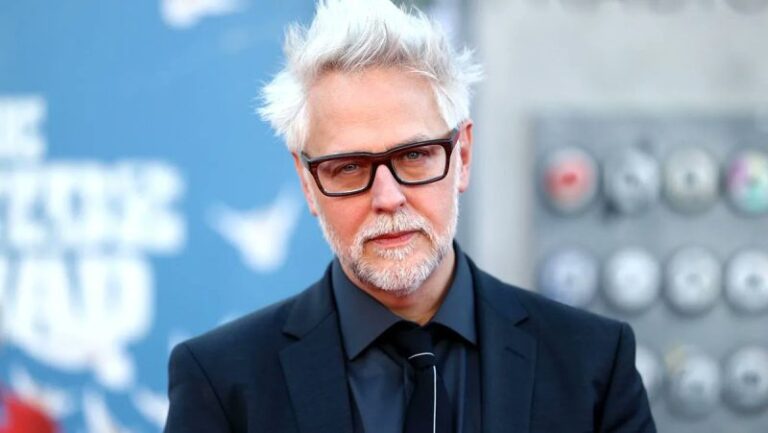5 Greatest Comics of the 2000s Ranked: The Definitive Must-Read List
Honest take: the 2000s were weird for comics. This is why we’re searching for the 5 greatest comics of the 2000s. While Hollywood was busy turning every superhero into a CGI money machine, the comic book medium was quietly having its most transformative decade since, well, maybe ever. Sure, we had our share of questionable artistic choices (looking at you, Rob Liefeld’s endless pouches), but we also witnessed some genuine masterpieces that proved comics could be literature, art, and pure entertainment all rolled into one beautiful, sequential package.
What Made the 2000s Special for Comics?
The 2000s marked a turning point where “graphic novel” wasn’t just a fancy term publishers used to feel sophisticated about their picture book. This was the decade when comics started showing up in actual bookstores, when your English professor might assign Persepolis alongside Hemingway, and when you could finally admit to reading comics without people assuming you lived in your parents’ basement (though, let’s face it, some of us still did). Rent is seriously expensive nowadays.
The 5 Greatest Comics of the 2000s:
From webcomics that redefined daily strips to indie darlings that made the New York Times bestseller list, the greatest comics of the 2000s didn’t just entertain – they elevated the entire medium.
5. All-Star Superman by Grant Morrison and Frank Quitely
Starting our list with what might be the most perfect Superman story ever told. Morrison and Quitely took the big blue boy scout and made him feel genuinely godlike without losing his humanity. This wasn’t your typical brooding and often conflicted Superman, here is a hero facing his own mortality with grace, humor, and grit. Plus there are jaw-dropping displays of power which somehow never felt excessive.
The visually stunning art by Frank Quitely has clean lines with expressive faces. It makes every panel feel cinematically real. Morrison’s writing has stripped away decades of convoluted continuity and focuses on what makes Superman actually super: his bravery and unwavering compassion. When you can make a story about Superman saving a mouse from a cat feel as epic as a Doomsday battle, you’ve achieved something special.
4. Y: The Last Man by Brian K. Vaughan
This series examines what happens when every male on Earth dies except for one guy – and his pet monkey. Vaughan’s Y: The Last Man explores this premise with thoughtful depth, turning what could have been a juvenile male fantasy into a touching examination of gender, society, and survival. Yorick Brown isn’t some “alpha male” fantasy – he’s a struggling escape artist trying to reunite with his girlfriend while traversing a world that’s both empowered and devastated by the loss of half its population.
The series ran for 60 issues. It never once felt like it was stretching its concept too thin. Vaughan’s worldbuilding is meticulous, showing how different societies adapt to (or fail in) this new reality. Plus, it managed to end quite satisfyingly, which is more than we can say for many long-running series.
3. Persepolis by Marjane Satrapi
Often the most powerful stories can come from the most personal sagas. Satrapi’s autobiographical take of growing up in Iran during the Islamic Revolution is both intimate and universal, humorous and heartbreaking. Her black-and-white art style might look deceptively simple, but it carries enormous emotional weight – every line perfectly serves the story.
What makes Persepolis one of the greatest comics of the 2000s isn’t just its cultural significance (though watching it transform and break down barriers for comics in literary circles was amazing). It’s Satrapi’s unflinching transparency about her own flaws, her teenage rebellion, and her complex and layered relationship with her homeland. It isn’t political propaganda – it’s a human story that happens to occur against a backdrop of historical upheaval.
2. Saga by Brian K. Vaughan and Fiona Staples
Okay, technically Saga started in 2012, but hear this out – this series represents everything the 2000s built toward. It’s the perfect synthesis of literary ambition and pulp entertainment, high-concept science fiction and intimate family drama. Vaughan learned from his Y: The Last Man success, and Staples brought an artistic vision that makes every page feel like a painting.
The story follows two soldiers from warring alien races who fall in love and have a baby, then spend the series running from literally everyone who wants them dead. It sounds simple, but Vaughan uses this framework to explore everything from immigration to parenthood to the way war corrupts society. And Staples’ art – good lord, her art makes you believe in the impossible while keeping everything grounded in raw emotion.
1. Sandman by Neil Gaiman
Wait, didn’t Sandman run in the ’90s? Yes, but its cultural impact reached its peak in the 2000s as new readers discovered it through collected editions, and its influence on the decade’s comics cannot be overstated. This is the series that proved comics could be genuine literature while still being highly entertaining.
Gaiman’s exploration of Dream and his family of Endless beings is equal parts mythology and horror, blended with fantasy, and entirely brilliant. The series tells intricate stories within stories, examining the power of the narrative itself. Sam Kieth’s early art (and then later collaborations with artists like Mike Dringenberg and Jill Thompson) create a visual language that was fantastically beautiful and disturbing.
Sandman, more so than any other series, led the way for what comics could be. It showed that sequential art could handle complex themes, wavering narratives, and literary ambition without sacrificing any graphic storytelling. Every ambitiously driven comic of the 2000s owes something to what Neil Gaiman accomplished here.
Why These Comics Matter
These five series didn’t just entertain – they expanded what comics could be. They proved that the medium could handle autobiography (Persepolis), superhero mythology (All-Star Superman), post-apocalyptic drama (Y: The Last Man), space opera family saga (Saga), and literary fantasy (Sandman) with equal skill.
The greatest comics of the 2000s weren’t content to simply be good entertainment. They demanded to be taken seriously as art while never forgetting that comics should be, above all, engaging. They found that sweet spot between accessibility and sophistication that the medium had been searching for since its inception.
Whether you’re a longtime comics fan or someone who still thinks comics are just for kids (seriously, you gotta catch up), these five series represent the absolute best of what sequential graphic art can achieve. They’re not just the greatest comics of the 2000s – they’re among the greatest comics ever created.







